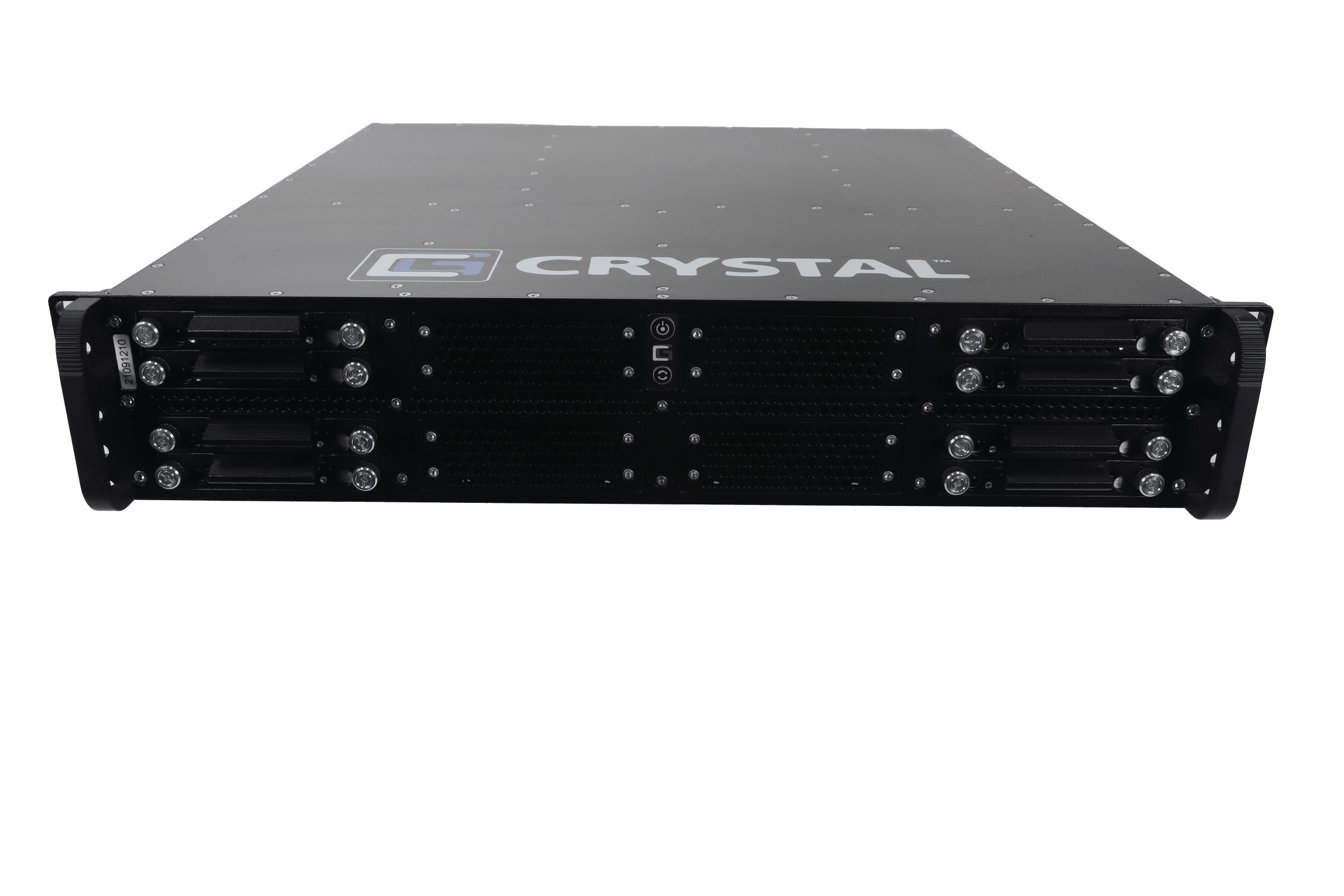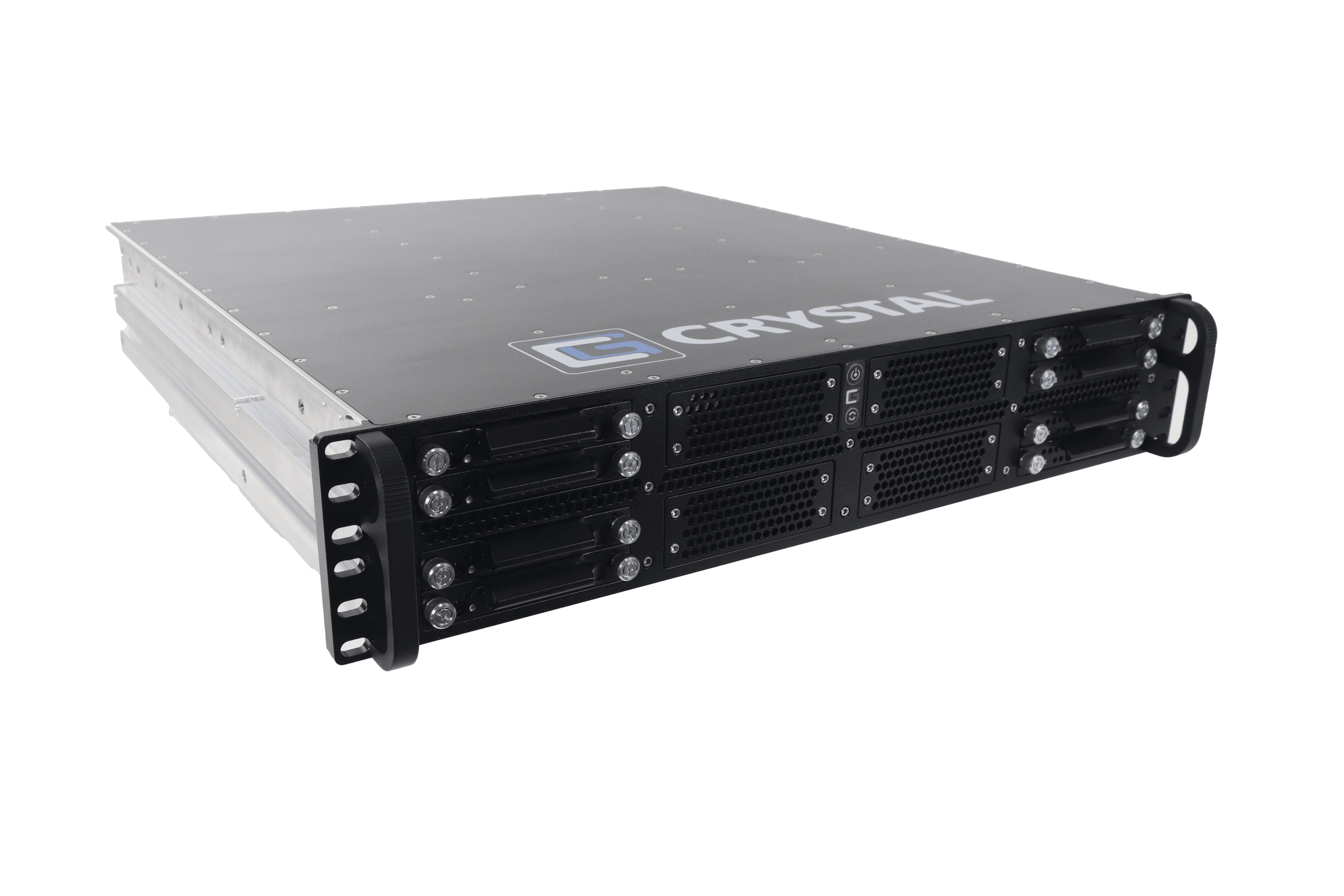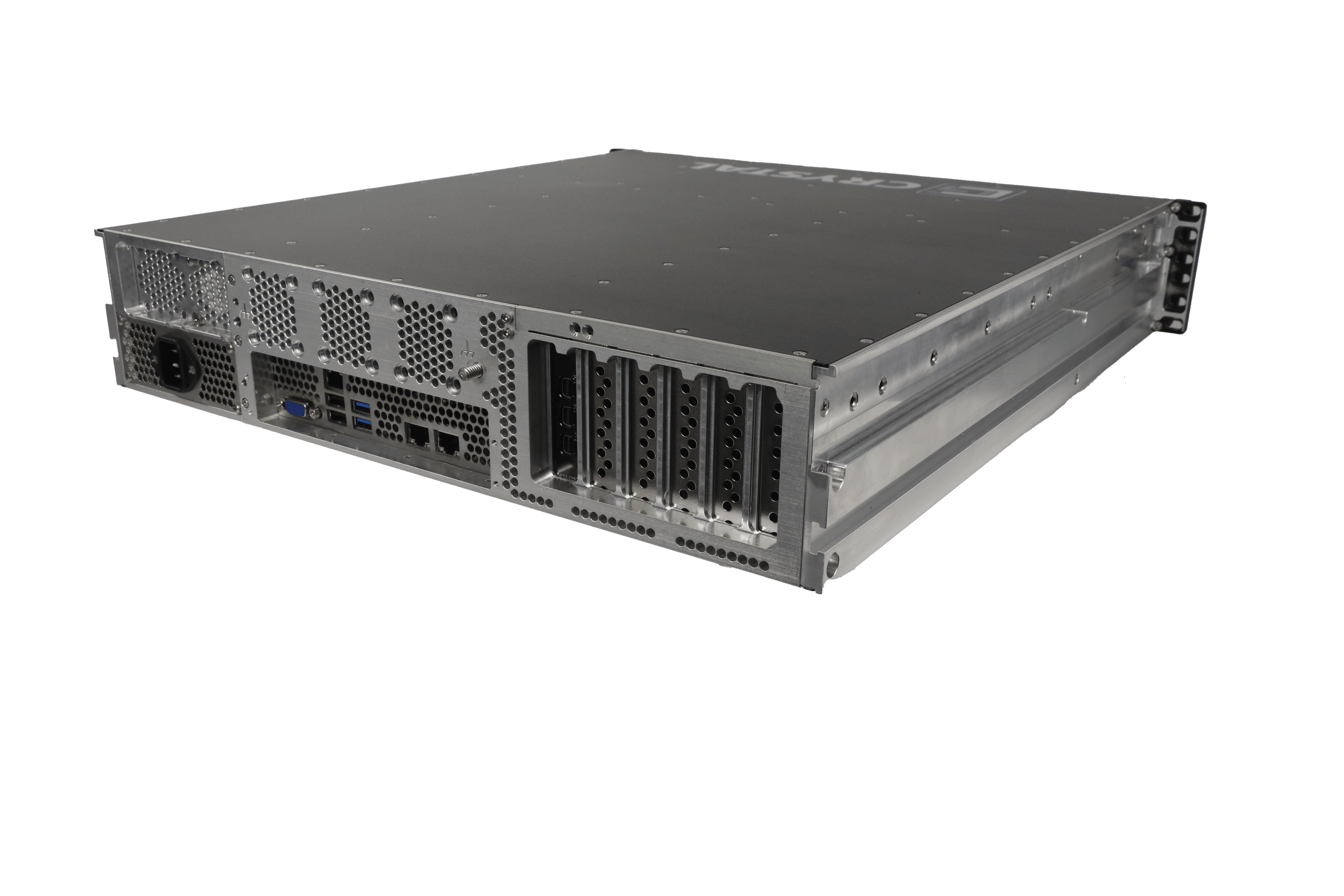Take real-time AI & ML from the data center to the edge. Equipped with up to four state-of-the-art GPUs and two Intel® Xeon® Scalable or AMD EPYC™ processors in an unmatched rugged design, the FG2 2600 Series servers deliver exceptional reliability and Tensor Core performance at the tactical edge. Up to eight NVMe or sixteen SATA/SAS drives can be configured for CSfC data storage for applications requiring FIPS 140-2 certification. Designed to handle challenging, yet critical inference obstacles, the extreme, scalable compute power of the FG2 2600 Series brings ultra-low latency and seamless operation to the most volatile, mission-critical conditions when real-time situational awareness and AI can’t be compromised. InfiniBand I/O connectivity provides critical, rapid data transfer for low-latency backhaul applications.
This NVIDIA-Certified System is validated for optimal performance, manageability, security and scalability.
Use Cases:
- Battlespace management awareness
- Command and control communications
- Intelligence gathering and processing
- Data storage server
- Sensor fusion for air and ground vehicles
- Leader-follower autonomous vehicles
- GPU server
- Virtualization platform





